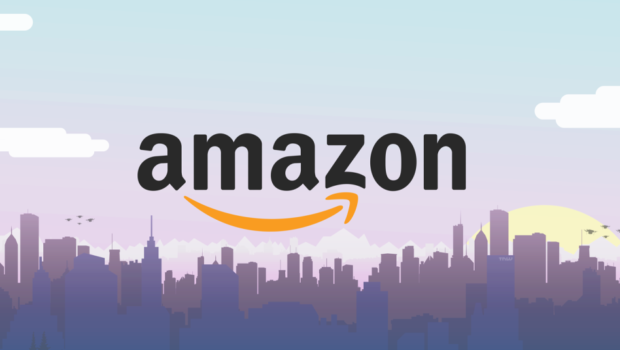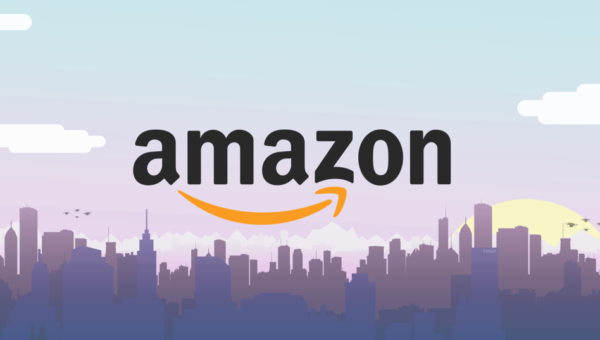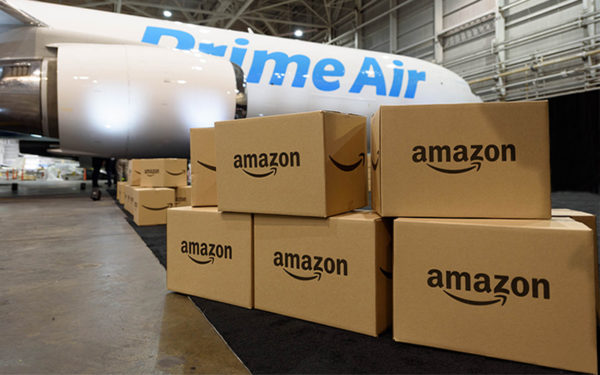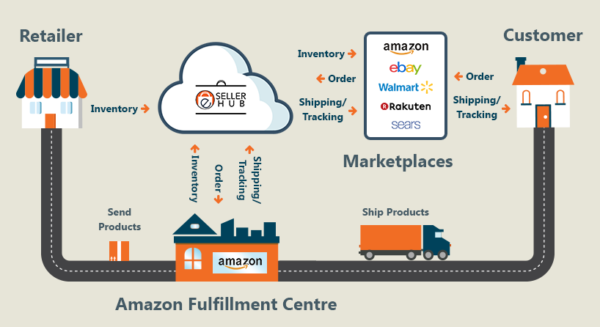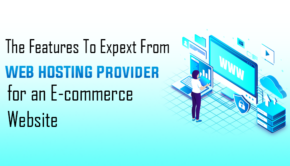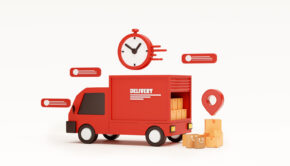3 E-commerce Trends to Learn from Amazon in 2018
Research published by Statista shows that in 2017, global e-commerce revenues exceeded 2.3 trillion US Dollars. Projections indicate that the industry will double in growth to 4.48 trillion US Dollars by 2021.
These sales figures are staggering, and they prove that more people are turning away from traditional brick-and-mortar retail outlets and choosing to shop online.
As an e-commerce retailer, you can expect more traffic and higher conversion rates year on year. However, you’ll need to keep your eye on industry trends to ensure that you’re receiving your fair share of traffic.
Things move quickly in online business, the strategy you used last year, probably needs some fine tuning if you want to continue to grow your business in the final quarter of 2018.
Amazon is the world’s largest online retailer, with 2017 revenues approaching 178–billion US Dollars.
We analyzed current trends in their business model and identified 5-strategies you should pay attention to for the rest of this year. Implement and test a few of these ideas and watch your traffic and conversion skyrocket.
1. Better Logistics and Fast Shipping
One of the key differentiators in e-commerce is shipping times, and Amazon dominates the online delivery sector.
The company shipped over 5-billion products in 2017 to Prime members alone. They continue to innovate, exceeding customer delivery expectations. According to Amazon data, it takes just 9-minutes for a pint of ice cream to arrive at your doorstep.
If there’s one thing we can learn from the world’s largest online retailer it’s this; the company that delivers fastest gets the customers’ business. Amazon will continue to overshadow every online retailer with their logistics model because they offer a level of convenience no other competitor can match.
Minimizing the timeframe between checkout and delivery is set to be the most significant battleground for e-commerce retailers in 2018.
2. Improved Pricing Strategies
Consumers are more informed and aware of the advantages of buying online than ever before. The rise of price-check apps means that every consumer now knows if retailers are offering them a fair deal, or trying to overcharge them.
The volatile nature of global currency markets combined with impending tariffs and increased logistics expenses means that e-commerce margins are tight. Large retailers such as Amazon may adjust their pricing on specific items multiple times in one day to remain competitive.
Fortunately, your business can implement a similar pricing strategy using competitor price comparison software. This software scans thousands of SKU’s across the e-commerce marketplace and provides you with a metric snapshot of the normalized average cost of goods in this class.
Using this tool helps you stay competitive in a business environment that’s continuously shifting.
3. The Steady Growth of FBA
Fulfillment by Amazon (FBA) allows any seller to leverage the logistics system of the world’s fastest online delivery system. Why go to the hassle of organizing your own logistics systems when you can get Amazon to do it for you?
The FBA model allows storing of your goods in Amazon’s fulfillment centers where they handle the delivery and customer service for a small percentage of the sale value.
This model has revolutionized the e-commerce world, allowing any seller to enter the market and focus on selling, while Amazon takes care of the rest.

